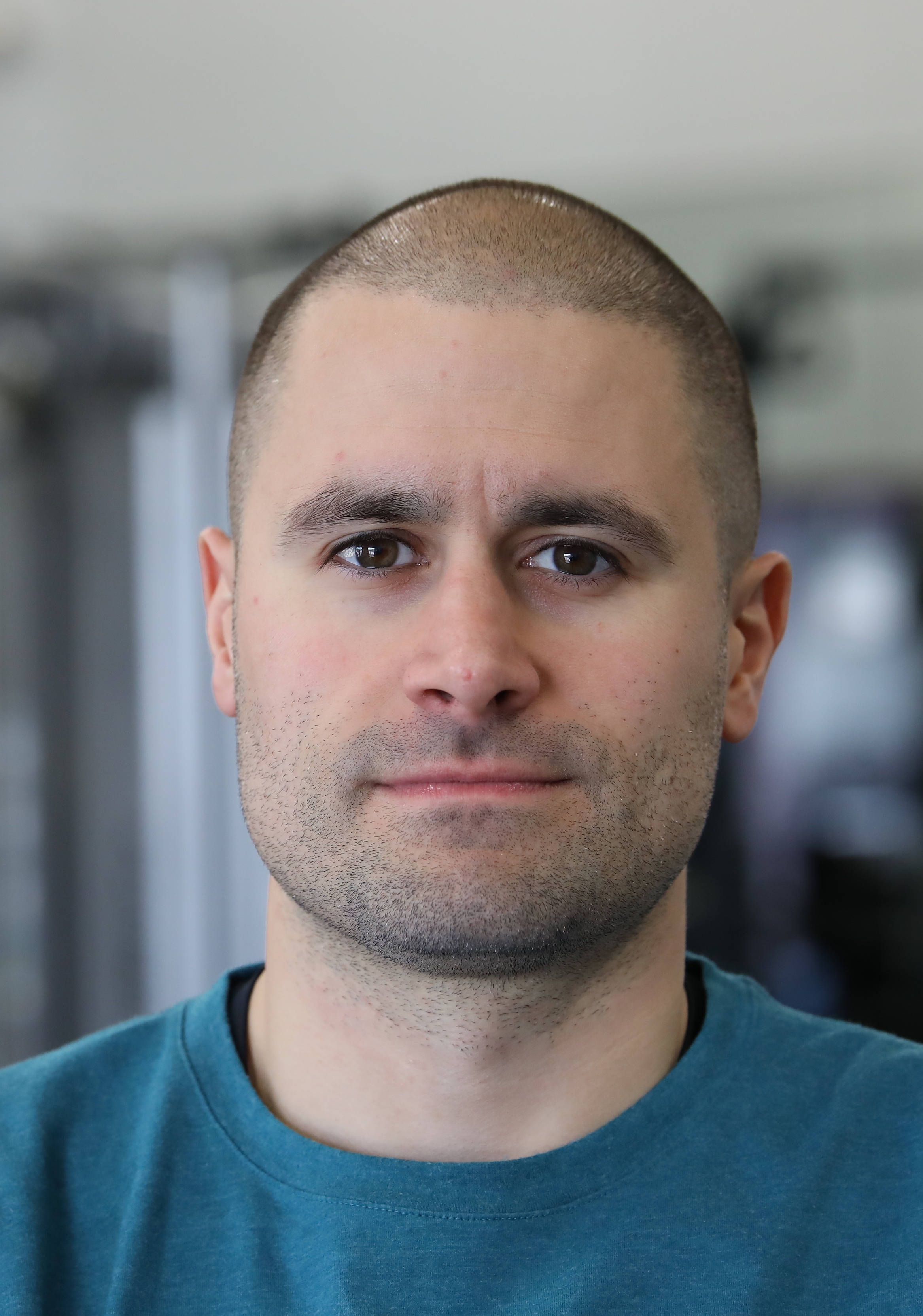GUEST BLOG BY CHRIS PHILLIPS: SPORTS PERFORMANCE TRAINING ISN'T JUST FOR IMPROVING PERFORMANCE

When we think of sports performance training, we think of getting faster, jumping higher and getting stronger so we can be better at our sport. Though it is true, we train to get better at our sport, but what can be forgotten is that we also train to prepare for the demands of the upcoming season. A solid sports performance program will address these needs by looking at the special demands of each sport, common injuries and include the little things that will help keep athletes healthy throughout the season. Let's be honest squatting heavy weight, flipping tires and parachute sprints look really cool compared to hip mobility exercises and three pound shoulder stabilization exercises, but these are just as important. Sports have turned into a tough business and a "what have you done for me lately" culture even at a young age. Missing a couple of weeks for an injury gives a teammate a chance to shine and take your spot. This isn't to say you should play through injuries or at all costs, but that proper preparation can help you get where you want to be. A perfect example is when the Cowboys Tony Romo got injured and rookie Dak Prescott took his job and ultimately forced Romo into retirement. Yes, this is the extreme, but you get my point.
So how do we address these issues to prepare for an injury free season? The program needs to look at general mobility and flexibility of all joints. Any limitations should be addressed throughout the program and be continued during the season. Common injuries in the sport need to be identified and addressed as well. For example, groin and hip flexor injuries in hockey, hamstring injuries in soccer and football and shoulder injuries in baseball are typically common. An injury prevention program for each injury should be included as well and continued during the season. Some examples of hip flexibility exercises include spidermans and inch worms and shoulder stability exercoses can include prone dumbell retractions and sidelying shoulder external rotations.
There are many goals involved in a sports performance program. These goals should be laid out prior to starting that address weaknesses, areas of improvement, injury history, specific needs of the sports being played and common injuries seen in the sport and how to prevent them.
Originally posted:
http://competesportsperformance.com/content/sports-performance-training-isnt-just-improving-performance

Chris Phillips is a certified Athletic Trainer and Strength and Conditioning Specialist and owner of Compete Sports Performance and Rehab in Lake Forest, CA. Chris has over 20 years experience in professional sports including hockey, soccer and football.
Website: competesportsperformance.com
Twitter: @competesportspr
Facebook: CompeteSportsPerformance
YouTube: phillipswashcaps
Like what you read?
Sign up now to get the latest tips and advice
Tim DiFrancesco, PT, DPT, ATC, CSCS spent 6 seasons as the Head Strength & Conditioning Coach of the Los Angeles Lakers and is the founder of TD Athletes Edge. He is nationally renowned for his evidence-based and scientific approach to fitness, training, nutrition, and recovery for athletes and fitness enthusiasts.
For training and nutrition advice, follow us on:
• Instagram http://instagram.com/tdathletesedge
• Twitter http://twitter.com/tdathletesedge
• Facebook http://www.facebook.com/tdathletesedge
• YouTube https://www.youtube.com/user/tdifranc1
• Podcast http://www.tdathletesedge.com/podcast
• Website http://www.tdathletesedge.com
ABOUT THE AUTHOR

Tim DiFrancesco, PT, DPT spent 6 seasons as the Head Strength & Conditioning Coach of the Los Angeles Lakers and is the founder of TD Athletes Edge. He is nationally renowned for his evidence-based and scientific approach to fitness, training, nutrition, and recovery for athletes and fitness enthusiasts.
